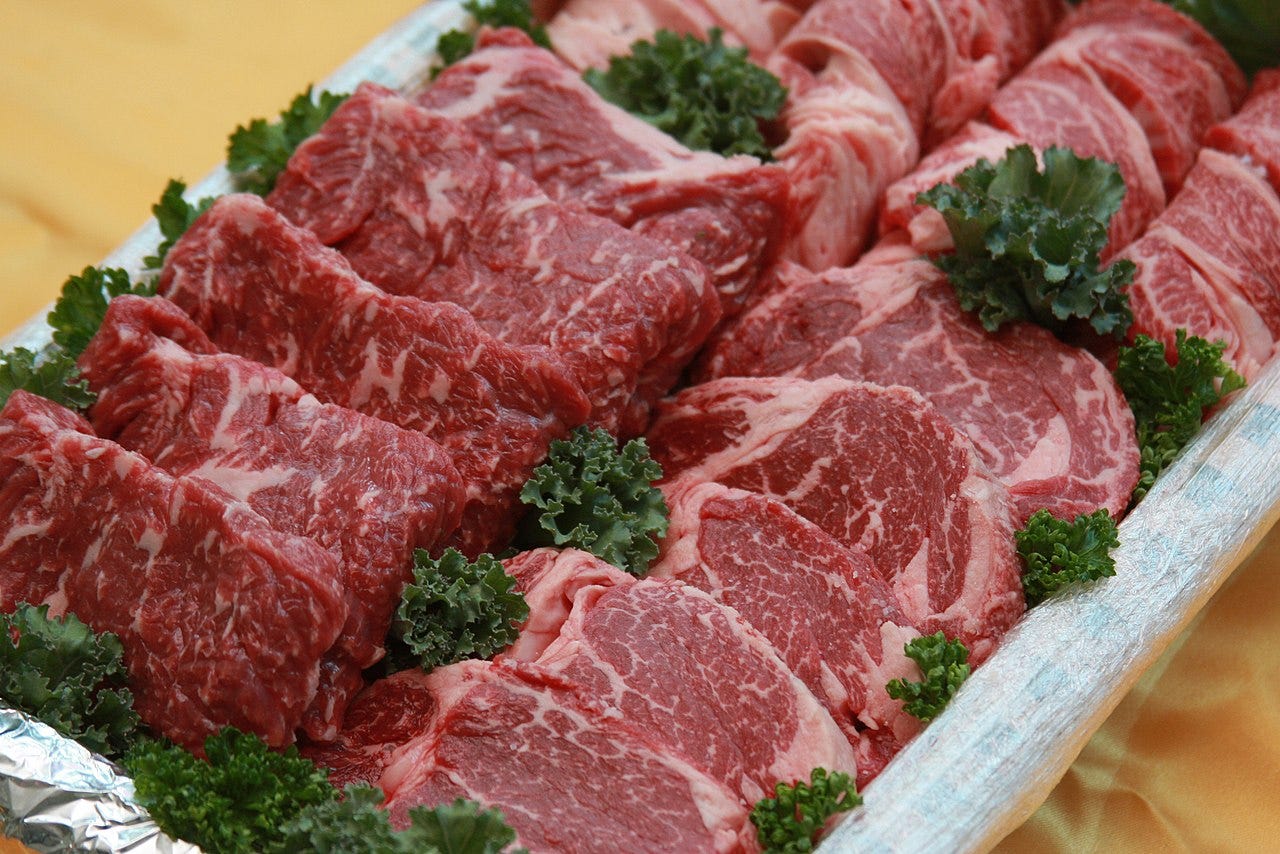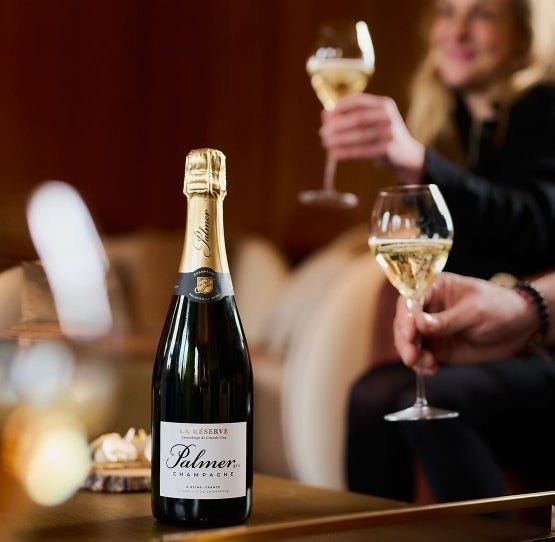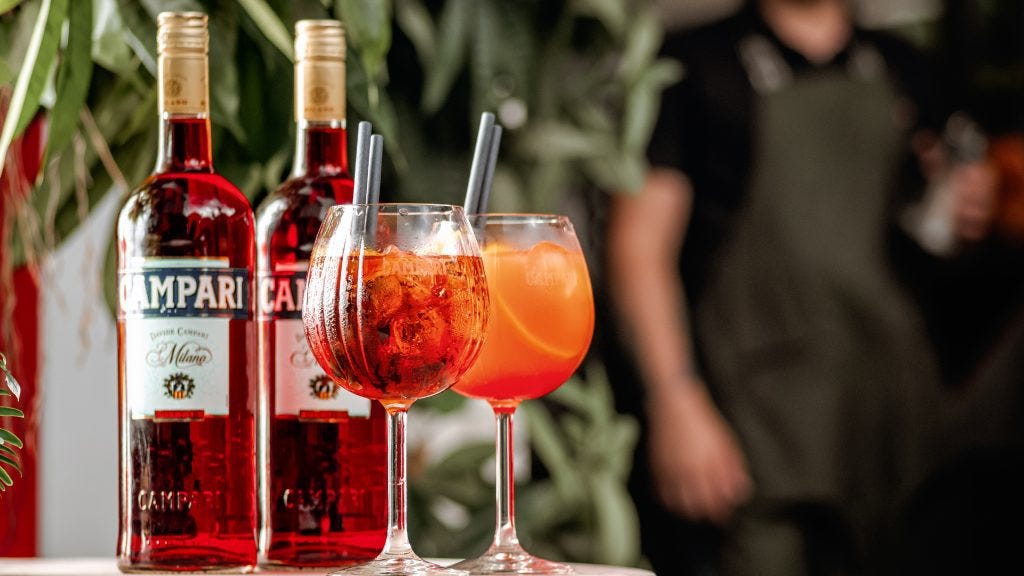
by Ross Kingsley | May 11, 2025 | BLACK BOX: RANTS, RAVES, REVIEWS & RECIPES
Dining out is a feast for all the senses, but for some, the real show begins when the wine list lands on the table. At that moment, the act of drinking wine transforms into something more ceremonial—part theatre, part tradition, part deeply personal expression.
It starts, often, with a thoughtful pause. The guest studies the wine list with the gravity of a scholar decoding ancient script. This is not just about choosing a drink—it’s a quest for the perfect companion to the meal. And once the bottle is selected and presented, the ritual begins.
Act One: The Label Check
There’s a quick inspection of the label, followed by a gentle nod. “Ah, a 2019,” they might say, a year that may or may not hold any actual significance beyond sounding informed. Questions about terroir or oak aging may follow, not to test the sommelier, but to share in the delight of the grape’s journey.
Act Two: The Swirl and Sniff
With the glass now in hand, the guest gives it a swirl—perhaps a bit more theatrical than necessary, but still a sincere gesture. They lower their nose to the glass and inhale deeply, as if taking in a memory. “Crisp, with notes of citrus and maybe a little something herbal,” they muse. It’s less about impressing the table, more about connecting to the wine in their own poetic way.
Act Three: The Sip and Smile
The sip comes with a pause. A thoughtful moment of silence. Then a smile. “That’s really lovely.” No grand pronouncements, no overly complex metaphors—just appreciation. Whether it’s a robust Shiraz or a playful Pinot Grigio, the moment is enjoyed and shared.
The Pairing Philosopher
Some guests extend their interest by suggesting pairings to friends at the table—gently, enthusiastically. “That seafood pasta would sing with this Vermentino,” they offer, not as a rule, but as a hopeful tip. The tone is more about joy than judgment.
It’s true, not every wine lover at a restaurant is quietly sipping and nodding. Some get carried away, lost in their excitement or perhaps trying a little too hard. But more often than not, the little rituals of swirling, sniffing, and tasting aren’t just for show. They’re expressions of curiosity and affection for a timeless craft.
And for restaurants, these moments are part of what makes dining out special. Watching guests engage with the wine—not just drink it—adds richness to the experience. It reminds us that wine isn’t only about grapes and aging techniques. It’s about people, stories, and sharing something meaningful—even if it’s just over dinner.
So next time someone swirls their glass a little too dramatically or describes a Chardonnay as “sunshine in liquid form,” let them have their moment.
After all, wine is about pleasure. And pleasure, like wine, is best when enjoyed fully—even a little playfully.
Image Credit: https://churrascophuket.com
_ _ _
© CHURRASCO PHUKET STEAKHOUSE / ALL RIGHTS RESERVED
Reprinting, reposting & sharing allowed, in exchange for a backlink and credits
Churrasco Phuket Steakhouse serves affordable Wagyu and Black Angus steaks and burgers. We are open daily from 12noon to 11pm at Jungceylon Shopping Center in Patong / Phuket.
We are family-friendly and offer free parking and Wi-Fi for guests. See our menus, reserve your table, find our location, and check all guest reviews here:
https://ChurrascoPhuket.com/
#Churrascophuket #jungceylon #phuketsteakhouse #affordablewagyu #wagyu

by Ross Kingsley | May 11, 2025 | KNOWLEDGE: MEAT ESSENTIALS
When it comes to premium beef, Wagyu has long been the headline act. Known for its intense marbling and melt-in-your-mouth texture, it’s often considered the pinnacle of indulgent dining. But quietly gaining traction is Hanwoo, South Korea’s native cattle breed. While Wagyu has gone global, Hanwoo remains deeply local—and increasingly respected for its distinct flavor, texture, and rarity.
Origins and Characteristics
Hanwoo (also spelled Han-u) comes from a breed of indigenous Korean cattle with a history stretching back over two millennia. Once used as draft animals, they’ve since become a national symbol of quality meat. These cattle are leaner and smaller than the Japanese Wagyu breeds, producing beef that differs in structure and taste.
Rather than Wagyu’s high-fat, spiderweb marbling, Hanwoo offers a more balanced fat-to-meat ratio. This results in a stronger beef flavor and firmer texture. Wagyu often delivers a soft, buttery experience, while Hanwoo leans more toward a clean, umami-rich profile that appeals to those who prefer a beef-forward taste.
Culinary Expression
Hanwoo’s flavor and structure make it particularly suited to Korean preparations. It shines in classics like bulgogi (thinly sliced marinated beef) and galbi (grilled short ribs), where its firm texture holds up to traditional marinades of soy sauce, sesame oil, and garlic. Its ability to absorb bold flavors without becoming overpowered makes it a staple in Korean barbecue.
In contrast, Wagyu is often served with minimal seasoning or light cooking techniques—quick sears, sashimi-style slices, or steak tartare—to highlight the fat’s richness. Japanese cuisine often emphasizes subtlety, and Wagyu’s texture suits that approach. Hanwoo, by comparison, tends to complement heartier, spiced preparations.
Global Reach and Market Value
While Wagyu is now produced and exported from Japan, Australia, and the U.S. under strict breed and grading regulations, Hanwoo remains largely confined to Korea. Export controls and limited supply mean you’re unlikely to find it on menus outside South Korea, except at rare specialty events or high-end Korean restaurants.
Inside Korea, Hanwoo commands a premium. Prices often exceed those of imported Wagyu, owing to small-scale farming practices and national pride in its quality. Government-backed traceability programs and grading systems maintain consistent standards, which further reinforces consumer confidence and demand.
Flavor vs Fame
Wagyu is a known quantity on the world stage, featured in luxury steakhouses and food festivals globally. Its reputation is tied as much to branding and availability as to its taste. Hanwoo, on the other hand, is still somewhat niche—but gaining respect among chefs and food enthusiasts who prioritize regional flavor, ethical sourcing, and culinary authenticity.
This isn’t a case of one being better than the other. The two offer very different experiences. Wagyu excels in richness and tenderness. Hanwoo appeals for its flavor depth and cultural context. For diners looking to expand their palate beyond familiar options, Hanwoo offers something less common—and arguably, more grounded.
Final Thoughts
While Wagyu will likely remain a global favorite, Hanwoo represents a compelling alternative for those who appreciate bold, beefy flavor and the stories behind regional food traditions. Its limited availability makes it harder to access, but also more intriguing. For anyone serious about premium beef, Hanwoo deserves a spot on the list—not as a substitute, but as a distinctive experience of its own.
_ _ _
© CHURRASCO PHUKET STEAKHOUSE / ALL RIGHTS RESERVED
Reprinting, reposting & sharing allowed, in exchange for a backlink and credits
Churrasco Phuket Steakhouse serves affordable Wagyu and Black Angus steaks and burgers. We are open daily from 12noon to 11pm at Jungceylon Shopping Center in Patong / Phuket.
We are family-friendly and offer free parking and Wi-Fi for guests. See our menus, reserve your table, find our location, and check all guest reviews here:
https://ChurrascoPhuket.com/
#Churrascophuket #jungceylon #phuketsteakhouse #affordablewagyu #wagyu
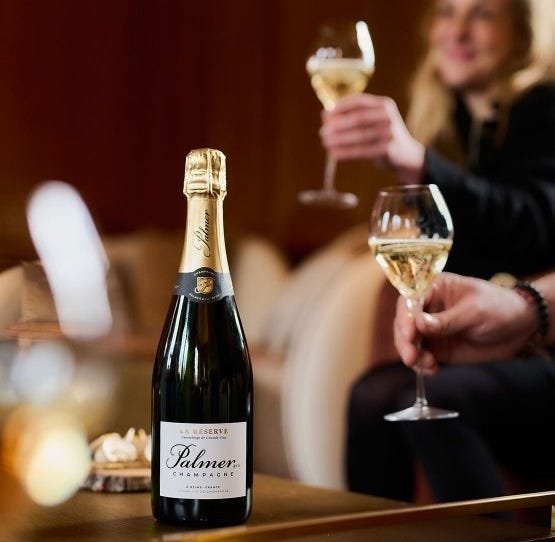
by Ross Kingsley | May 11, 2025 | WINES: UNCORKING THE MYSTERY
When most people think of Champagne, they envision effervescent flutes, celebratory toasts, and luxurious indulgence. But behind the iconic bubbles lies a blend of artistry and agriculture—particularly, a selection of specific grape varieties that shape the flavor, structure, and style of every bottle. Despite the fame of the name, many are surprised to learn that only a small number of grape types are legally permitted in the production of true Champagne. Let’s explore their characteristics, and how they come together to define the taste of the world’s most prestigious sparkling wine.
The Big Three: Pinot Noir, Chardonnay, and Meunier
Champagne is made primarily from three grape varieties, each contributing different traits to the wine.
Pinot Noir
Making up about 38% of vineyard plantings in Champagne, Pinot Noir is the backbone of many cuvées. It brings body, structure, and a complex red fruit character—think cherry, raspberry, and sometimes subtle spice. Though it’s a black grape, it’s often used to make white sparkling wine because the juice is pressed gently, avoiding color extraction from the skins. In Blanc de Noirs Champagnes (white Champagne made from black grapes), Pinot Noir is usually the dominant or sole variety.
Chardonnay
Representing roughly 30% of plantings, Chardonnay adds finesse and longevity. Known for its bright acidity and floral, citrus-driven aromatics, Chardonnay is essential for creating elegant, age-worthy Champagnes. It is the exclusive grape in Blanc de Blancs Champagnes, prized for their purity, minerality, and crisp finish. Chardonnay thrives particularly well in the Côte des Blancs, a subregion south of Épernay known for chalky soils that enhance the grape’s elegance.
Meunier (formerly Pinot Meunier)
Often underestimated, Meunier accounts for about 32% of Champagne vineyards. It ripens earlier and is more resistant to frost, making it a vital component in the region’s climate. Meunier contributes fruitiness, roundness, and a youthful charm to blends. While traditionally viewed as a supporting grape, it’s now gaining recognition in its own right, with some producers crafting 100% Meunier Champagnes that showcase its generous character.
Other Permitted Grapes: Rare but Real
In addition to the main trio, the Champagne AOC regulations allow four other grape varieties—though they collectively account for less than 0.3% of vineyard area. These historical varieties are:
-
Pinot Blanc
-
Pinot Gris
-
Petit Meslier
-
Arbane
These grapes were more commonly grown in centuries past, but today they are used mostly by a handful of producers seeking to revive forgotten traditions or craft niche cuvées. They can add unique floral, herbal, or apple-like qualities, and are sometimes blended into “heritage” Champagnes for complexity.
Blending as an Art Form
Unlike most still wines, Champagne is usually a blend—not only of grapes, but also of different vineyard plots, vintages, and reserve wines. The goal is consistency and balance. Pinot Noir provides structure, Chardonnay brings lift and precision, and Meunier adds approachability and fruit-forward charm. The exact mix depends on the house style. For example, Bollinger tends to favor Pinot Noir for its depth and richness, while Ruinart is known for its Chardonnay-driven elegance.
Why Grape Composition Matters
Understanding the grape varieties behind Champagne isn’t just wine-geek trivia—it informs your tasting experience. A Blanc de Blancs made from 100% Chardonnay will be sharper and more linear than a fuller-bodied Blanc de Noirs made from Pinot Noir and/or Meunier. A non-vintage blend from a large house might emphasize consistency and approachability, while a grower Champagne made from lesser-known grapes may lean into uniqueness and terroir expression.
Final Thoughts
Next time you pop open a bottle of Champagne, take a moment to consider the grapes that went into it. Whether it’s the refined structure of Chardonnay, the strength of Pinot Noir, or the roundness of Meunier, each grape plays a role in the complexity and celebration of Champagne. Behind every bubble lies a blend born from centuries of tradition and the nuances of the vine.
Image Credit: https://www.champagne-palmer.fr/en/
(Served at Churrasco Phuket Steakhouse)
_ _ _
© CHURRASCO PHUKET STEAKHOUSE / ALL RIGHTS RESERVED
Reprinting, reposting & sharing allowed, in exchange for a backlink and credits
Churrasco Phuket Steakhouse serves affordable Wagyu and Black Angus steaks and burgers. We are open daily from 12noon to 11pm at Jungceylon Shopping Center in Patong / Phuket.
We are family-friendly and offer free parking and Wi-Fi for guests. See our menus, reserve your table, find our location, and check all guest reviews here:
https://ChurrascoPhuket.com/
#Churrascophuket #jungceylon #phuketsteakhouse #affordablewagyu #wagyu
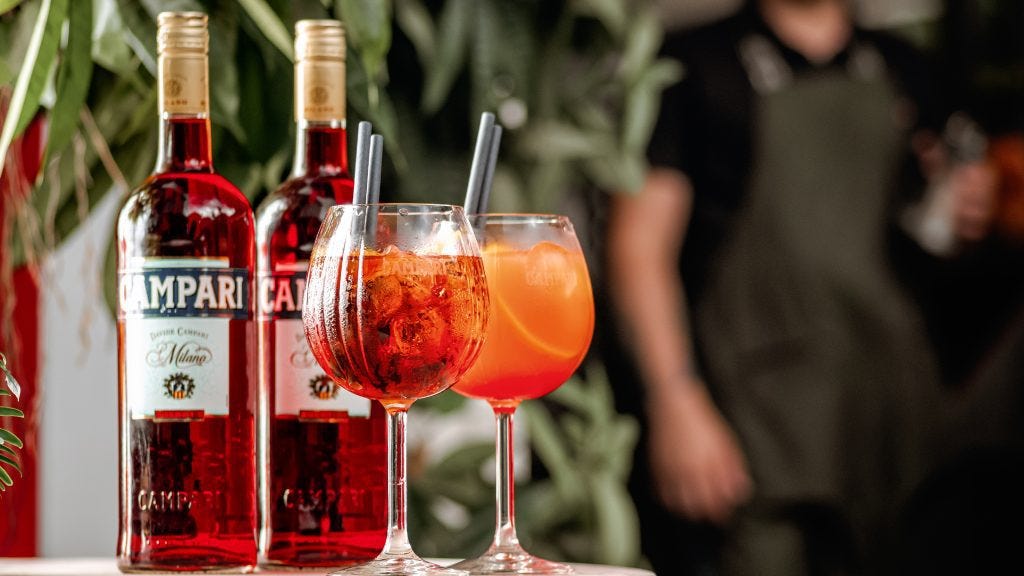
by Ross Kingsley | May 11, 2025 | LIQUORS: LIFT YOUR SPIRITS
Campari, with its unmistakable ruby red hue and bold, bittersweet flavor, is one of Italy’s most iconic aperitifs. Since its creation in 1860 by Gaspare Campari in Novara, Italy, it has become a symbol of the Italian aperitivo—an early evening tradition that celebrates conversation, small bites, and light drinks to prepare the palate for dinner. Campari’s recipe remains a closely guarded secret, but its flavor is known to derive from the infusion of aromatic herbs, spices, and fruits in alcohol and water.
Originally, Campari’s vibrant color came from cochineal, a natural dye made from insects, but today it’s achieved using modern food-grade coloring. Regardless of how the hue is produced, it remains a defining characteristic—striking, festive, and instantly recognizable.
But Campari isn’t just about looks. Its layered bitterness and citrus-forward profile make it one of the most versatile ingredients in the cocktail world. Equally at home in refined hotel bars and relaxed street-side cafés, it plays a central role in both classic and contemporary mixology.
The Aperitif of Choice
At its core, Campari is designed to stimulate the appetite. Bitterness is known to trigger the salivary glands and wake up the senses—exactly what an aperitif is meant to do. That’s why Campari-based drinks often appear at the start of an Italian meal or social gathering.
Its bold profile also allows it to harmonize with a range of ingredients, from botanical gins to sweet vermouths and sparkling wines. This makes Campari not only a staple for professionals behind the bar but also for home bartenders seeking to elevate their pre-dinner ritual.
Classic Campari Cocktails:
Negroni
The Negroni has earned legendary status in the cocktail world. Made with equal parts Campari, gin, and sweet vermouth, it’s a bold, balanced drink with a deep complexity. Served over ice and garnished with an orange slice or twist, it’s the definitive expression of bitter elegance.
Americano
Lighter than the Negroni but just as satisfying, the Americano mixes Campari with sweet vermouth and soda water. This effervescent, low-alcohol option is ideal for warm evenings or early aperitivo hours.
Boulevardier
For those who enjoy a richer, rounder profile, the Boulevardier swaps the gin in a Negroni for bourbon. The result is a warming, bittersweet drink that highlights Campari’s darker, spicier notes.
Campari Spritz
A sparkling, refreshing twist, the Campari Spritz blends Campari with prosecco and soda water. It’s a more assertive cousin to the lighter Aperol Spritz, offering a sophisticated edge while maintaining a festive feel.
Campari Orange
Among the simplest ways to enjoy Campari is in the Campari Orange. Also known in Italy as the Garibaldi, this cocktail features just two ingredients: Campari and freshly squeezed orange juice. The result is a vibrant, citrusy drink that balances the bitterness of Campari with the natural sweetness and acidity of orange juice.
Unmistakably Italian
Whether served neat, on the rocks, or as part of a cocktail, Campari remains a pillar of Italian drinking culture. Its distinctive flavor and arresting color have secured its place on menus across the world—from traditional cafés in Milan to rooftop bars in Manhattan. In every pour, there’s a touch of old-world charm and modern mixology.
_ _
© Churrasco PHUKET STEAKHOUSE / ALL RIGHTS RESERVED
Churrasco Phuket Steakhouse serves affordable Wagyu and Black Angus steaks and burgers. We are open daily from 12noon to 11pm at Jungceylon Shopping Center in Patong / Phuket.
We are family-friendly and offer free parking and WiFi for guests. See our menus, reserve your table, find our location, and check all reviews here:
https://Churrascophuket.com/
#Churrascophuket #jungceylon #phuketsteakhouse #affordablewagyu #wagyu
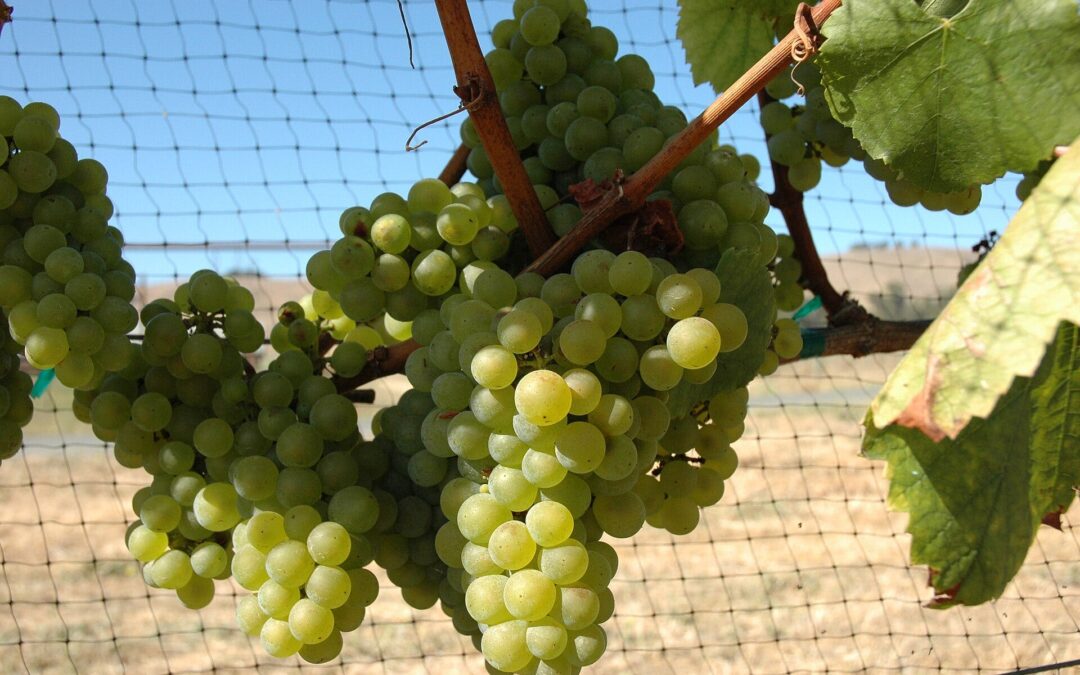
by Ross Kingsley | May 11, 2025 | DECODING GRAPES: FROM VINES TO VINTAGE
Chardonnay, often dubbed the “Queen of White Wines,” is one of the most popular and versatile grape varieties in the world. Its ability to adapt to different climates and winemaking styles has cemented its place as a cornerstone of global viticulture. From its historical roots to its modern-day acclaim, Chardonnay is a grape worth knowing.
Origins and History
Chardonnay originates from the Burgundy region of France, where it has been cultivated for centuries. It is believed to be a natural cross between Pinot Noir and Gouais Blanc, a now-rare grape variety. The first records of Chardonnay date back to the 14th century, though its fame spread far beyond Burgundy over time.
By the 20th century, Chardonnay had become synonymous with high-quality white wines. Its ability to reflect terroir—showcasing the nuances of the soil, climate, and winemaking techniques—made it a favorite among producers and consumers alike.
Famous Wines Using Chardonnay
Chardonnay is the foundation of many iconic wines. In Burgundy, it is the star of renowned appellations like Chablis, Meursault, and Puligny-Montrachet, known for their crisp acidity and mineral-driven profiles. In Champagne, Chardonnay plays a crucial role, often being the sole grape in Blanc de Blancs, offering elegance and finesse to sparkling wines.
Beyond France, Chardonnay has found fame in regions like California, where producers in Napa Valley and Sonoma craft rich, oak-aged styles with notes of butter and tropical fruit. Australia’s Yarra Valley and Margaret River are also celebrated for their distinctive Chardonnays, often striking a balance between fruit-forwardness and minerality.
Geographical Reach
Chardonnay’s adaptability is unparalleled. It thrives in a range of climates, from the cool, limestone-rich soils of Burgundy to the sun-drenched vineyards of Chile and South Africa. Countries like Italy, New Zealand, and Argentina have also embraced the grape, each offering unique expressions.
In cooler climates, Chardonnay often exhibits flavors of green apple, citrus, and white flowers. Warmer regions bring out tropical notes of pineapple, mango, and ripe peach. The winemaking approach—whether unoaked or aged in barrels—further diversifies its profile.
Conclusion
Whether you prefer a zesty Chablis or a creamy California Chardonnay, this grape has something for every palate. Its rich history, global reach, and remarkable versatility make it a cornerstone of wine culture and a true delight for enthusiasts worldwide.
Image Credit: Wikipedia.org
_ _ _
© CHURRASCO PHUKET STEAKHOUSE / ALL RIGHTS RESERVED
>>> Reprinting, reposting & sharing allowed, in exchange for a backlink and credits <<<
Churrasco Phuket Steakhouse serves affordable Wagyu and Black Angus steaks and burgers. We are open daily from 12noon to 11pm at Jungceylon Shopping Center in Patong / Phuket.
We are family-friendly and offer free parking and Wi-Fi for guests. See our menus, reserve your table, find our location, and check all reviews here:
https://ChurrascoPhuket.com/
#Churrascophuket #jungceylon #phuketsteakhouse #affordablewagyu #wagyu




